(Note: For this analysis, I will be referring to the 2003 Special Edition of Alien3, written hereafter as Alien 3, because it’s clearly not intended to be Alien Cubed. Then again, it was 1992...)
(Trigger warning: discussion of attempted rape)
Hollywood loves franchises. This summer alone, there is a prequel to Monsters, Inc., a re-imagining of the Superman mythos, and the sixth installment in the Fast and the Furious series. Some series -- such as Richard Linklater’s trilogy of Before Sunrise, Before Sunset, and the recently released Before Midnight -- may go almost a decade without a new film, but most modern franchises operate with very short turnaround times. The Lord of the Rings trilogy was released in annual installments, and Harry Potter never went more than two years without making an appearance at the theatre. Even the Dark Knight trilogy only took seven years.
So a franchise like the Alien
series -- written and directed by different creators for each film,
transforming from a horror into an action flick into an existential
thriller into a parody of itself -- seems a bit strange to the modern
viewer. There are only two things that tie the four together and, in
turn, become increasingly tied together: Xenomorphs and Ripley.
Alien 3
begins with the crash landing of the Sulaco on the prison planet,
Fiorina “Fury” 161, caused by a fire that may have been produced by
alien activity. Once again, Ripley is the sole survivor, making all of
her efforts to save Hicks and Newt completely meaningless; it’s a cheery
place to start a film. Things only get worse when Ripley learns that
the prisoners are a bunch of double Y chromosome men who were put away
for a number of violent crimes, including rape, murder, and child
molestation. Having found God (and lost women) in exile, they view
Ripley as a kind of temptation. Kept in an infirmary “for her own
protection,” Ripley grieves her lost companions as the alien threat once
again closes in.
As
always, before she can defeat the aliens, Ripley must first confront a
human enemy. In this film, that enemy is almost everyone, including our
old favourites, the Company and the male-dominated chain of command. The
latter is represented primarily by the prison superintendent, who
orders Ripley’s imprisonment in the infirmary. He is incredibly
condescending, saying things like “That’s a good girl” and “Get that
foolish woman back to the infirmary.” Luckily, the narrative’s
intolerance for the underestimation of Ripley kicks in, and he is
dragged away by an alien immediately after uttering the second line.
Unlike the earlier films, where Ripley is stymied again and again by men
in power, Alien 3 very quickly weakens and eliminates male authority.
At
the same time, however, it strengthens the men themselves; the film’s
emphasis on the men’s double Y chromosome appears to exist primarily to
emphasize their maleness. Whereas Ripley once fought figurative battles
against the male heroic archetype, the sexual objectification of women,
and the male-dominated power structure of the capitalist machine, here
she fights the men themselves. For these men, who haven’t seen a woman
in years, she initially represents both the apple and the serpent, both
the forbidden fruit and the voice that urges them to consume it. This is
not because Ripley encourages their attention in any way, but merely
because she exists in close proximity to them. When the superintendent
orders her to remain in the infirmary, he explains that he doesn’t wants
a woman walking around, “giving them ideas.” Before a crime has even
been committed, the prison’s inhabitants are in full victim-blaming
mode.
It
should come as no surprise, then, that Ripley is sexually assaulted and
almost raped. While she gathers up the remnants of Bishop, she is
ambushed by a group of inmates who bend her over a railing, cut her
clothing, and prepare to enact an almost ritualized rape. Before they
are able to follow through, however, another inmate, Dillon, attacks
them. He continues to beat on them, claiming that he needs to
“re-educate some of the brothers.” While he does that, Ripley punches
one of them in the face.
There’s
a lot to say about this scene. First, there is the matter of the
rescue. Dillon introduces himself to Ripley as “a murderer and rapist of
women,” but we’re supposed to sympathize with him because he’s
reformed, and because he pummels attempted rapists. Regardless of what
you believe about the rehabilitation of sex offenders and murderers, it
says a lot about a film when it expects us to side with such a
character. It is especially disturbing because the narrative clearly
places Dillon in the deuteragonist role; he is nearly as intelligent and
heroic as Ripley. It is Dillon who gives the stirring speeches to rouse
the men to the fight against the Xenomorph. It is Dillon who refuses to
kill Ripley when she asks, instead telling her that he will kill her
after the alien dies, because he knows that leaving even one alien alive
would have disastrous consequences. He sacrifices himself so that she
can complete this very task. He dies to protect the human race, so a
little rape and murder can be forgiven, right? It’s troubling.
Also
troubling is that fact that Dillon is the one who gets revenge on
Ripley’s would-be rapists, while she gets only a single punch to make an
attempt to re-claim her agency, and she doesn’t even get to punch the
man who was going to rape her first. Later, the same man that she
punched, Morse, helps her to evade Weyland-Yutani’s clutches, so, again,
all appears to be forgiven.
I’m
not saying that the film condones the men’s overtly sexist behaviour.
In one scene, two inmates discuss their plans to approach her, which
includes such gems as “I’d be happy to kiss her ass; I’d be happy to
kiss it any way she wants,” “Treat ‘em mean, keep ‘em keen,” and “Treat a
queen like a whore and a whore like a queen.” Because they are carrying
around a dead, insect-covered animal, we can be fairly certain that we
are meant to interpret their words as disgusting and vile. Still, when
the film only condemns men as overtly misogynistic as this, and expects
us to support characters like Dillon and, to a lesser extent, Morse, it
becomes problematic.
It
also prompts us to ask an important question: Why is it necessary to
include an attempted rape scene in a film about a heroic female
character? Having defeated a whole colony of aliens, is Ripley too
strong, too invulnerable? Does Ripley have to be “brought down a peg”?
Is the loss of her two friends and her adopted daughter not sufficiently
awful, so she needs to have her own body violated? Or is the attempted
rape merely a device to get us to accept a male rapist and murderer as
Ripley’s co-hero, simply because he saved her?
The
only justification I can see for this scene’s inclusion lies in the
contrast between the unsuccessful rape and the successful implantation
of the alien queen. Over the course of the film, we see Ripley becoming
increasingly ill; she feels sick to her stomach, becomes fatigued
easily, and finds that her hands shake uncontrollably. When she
undergoes a scan to diagnose the problem, she learns that there is an
alien queen growing within her. She describes the situation in terms
that link the alien implantation with unwanted pregnancy resulting from
sexual assault: “I was violated, and now I get to be the Mother of the Year.”
The
significance of this development, in terms of both Ripley’s character
and the series’ themes, cannot be overstated. We know from the first act
of Aliens
that Ripley’s worst fear is becoming an alien’s host. The nightmare we
witnessed showed the alien bursting from her chest while she lay in a
hospital bed, and that film’s theme of motherhood allows us
retrospectively to view the scene as an unnatural birth. More than
death, Ripley’s fear is giving life to a creature that will bring death.
For
a person who values her agency and her mission, this situation is
particularly difficult to face. Ripley has basically made it her life’s
work to eradicate the Xenomorphs, and now, against her will, she has
become the potential grandmother to a whole race of killer aliens.
Instead of destroying the aliens, she is helping to create them. What
makes this even worse is that she had no opportunity to fight back; she
was attacked in a moment of vulnerability and had her agency stripped
from her.
Ripley
concludes that the only way to regain her bodily autonomy is to destroy
her body. Initially, she asks Dillon to kill her, echoing a request she
made of Hicks in the previous film. He refuses, saying that he will
only end her life after she destroys the Xenomorph that has been hunting
his men. She is the only person left alive who can annihilate the
aliens, and she must complete the task she set herself before she can
end her suffering. What is interesting about this deal is that the
narrative does not allow it to come to fruition; Dillon sacrifices
himself before Ripley kills the alien. Ripley is left to decide whether
she will remain a vessel for the harbinger of humanity’s destruction or
finally relinquish her “sole survivor” status. The narrative forces her
to take her agency back, just in time for the final showdown.
In
the first two films, there are generally two possible outcomes: Ripley
will live and eliminate the alien threat, or Ripley will die and the
Xenomorphs will wipe out humankind. Either Ripley will win, or
Weyland-Yutani will have its prize. In this final confrontation, Ripley
comes face to face with a team sent by the Company, who claim that they
can retrieve the queen inside of her without causing her harm. They tell
her to “let [them] deal with the malignancy,” as if the creature were a
cancerous tumour. They promise her that they will destroy it, though
she and we know that that is unlikely. Suddenly, the script has shifted:
Ripley can live, so long as she allows the alien an opportunity to
survive, or she can eradicate the Xenomorphs, as long as she is willing
to sacrifice herself. She chooses the latter.
As
Ripley throws herself into the furnace, she assumes a crucifix pose,
becoming an explicitly Christ-like figure in her moment of
self-sacrifice. Yet, even as she assumes this heavenly aspect, she falls
into what appears to be the fires of Hell. It’s an image rife with
symbolism, and you could view it in a number of ways. Personally, I’ve
chosen to interpret the infernal furnace as the rather hellish Alien: Resurrection and
Ripley as the character herself, left to burn in the flames of
incompetent writing until she is an unrecognizable mass of tissue that
might once have been a hero. Of course, that’s just me.
If we ignore the fourth film and treat the Alien
series as a trilogy, it allows us to read Ripley’s heroism as part of a
long tradition, dating back to the Anglo-Saxons. That’s right; I’m
telling you that Ripley is Beowulf. It’s not a perfect fit, but there is
a fascinating parallel. In the first film, she takes on a single,
mysterious monster who preys on her crew and, in so doing, establishes
herself as a hero. In the next film, she destroys the monster’s mother, a
creature who was well within her rights to seek revenge for the deaths
of her offspring. In the third film, she faces a foe known by one of the
inmates as the “dragon.” Like Beowulf, who is an old man when he fights
the dragon, Ripley is weak, a shadow of what she once was. She can
vanquish her enemy, but, in the end, her life is also forfeit. Her death
leaves her people vulnerable to future attacks; dying a hero doesn’t
make you any less dead, and a dead champion can champion very little.
Verdict: Actual strong female character (even if the film’s treatment of women in general is dubious at best)
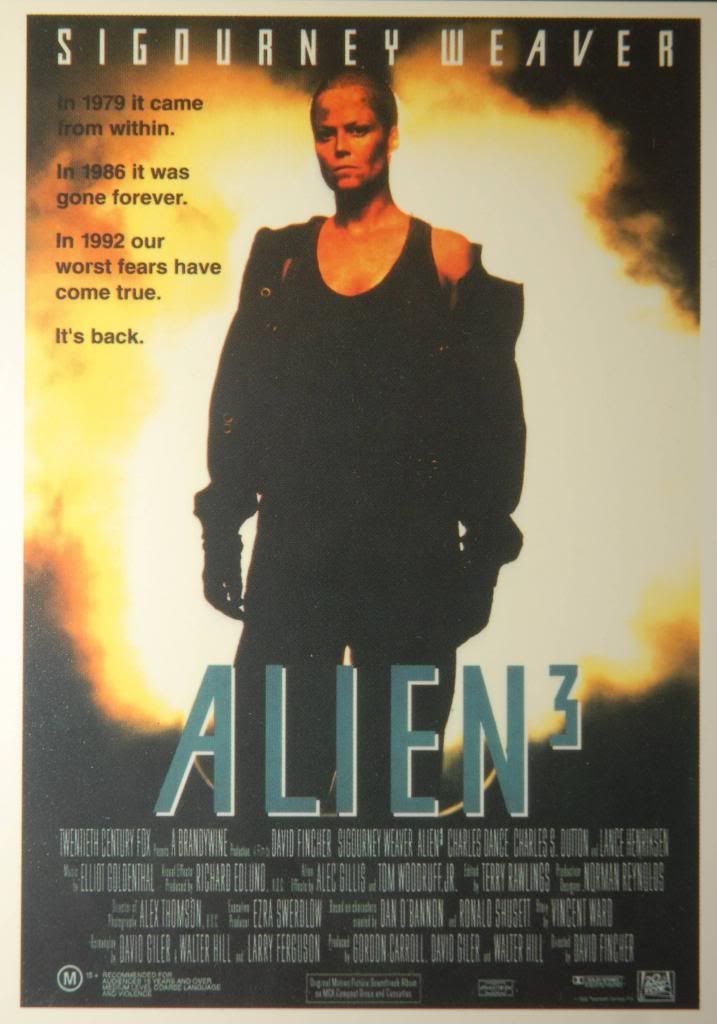

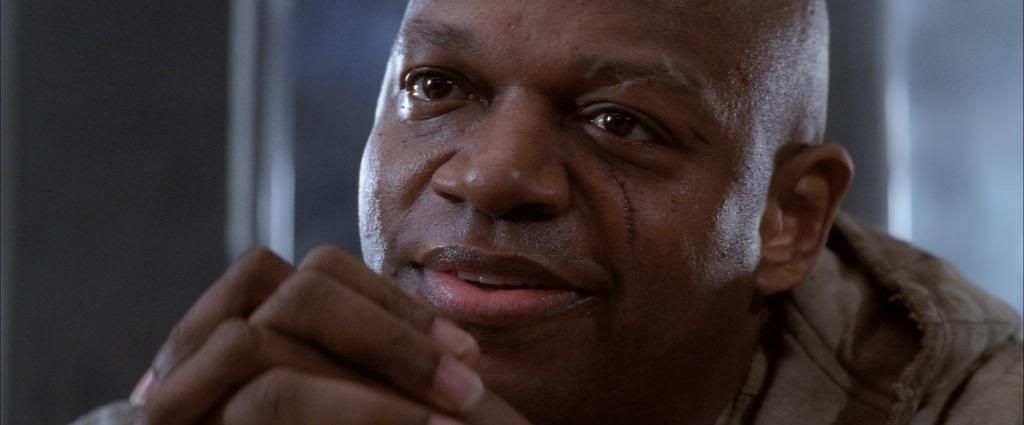
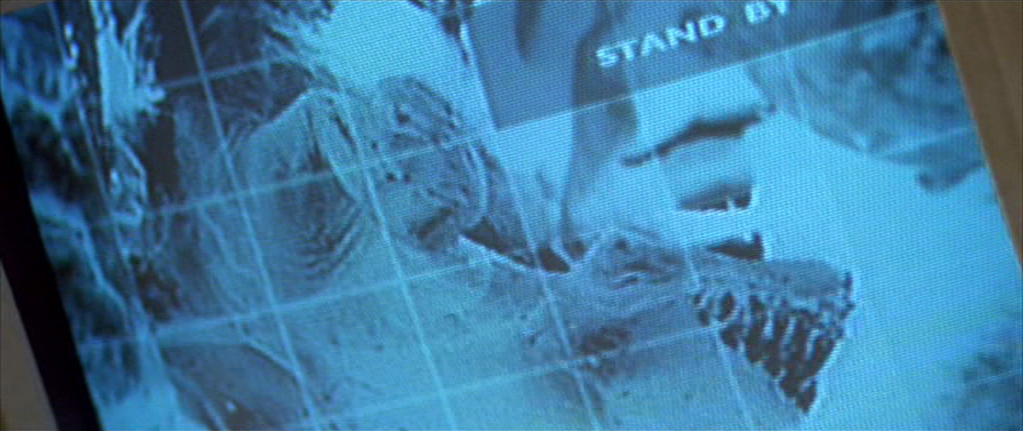
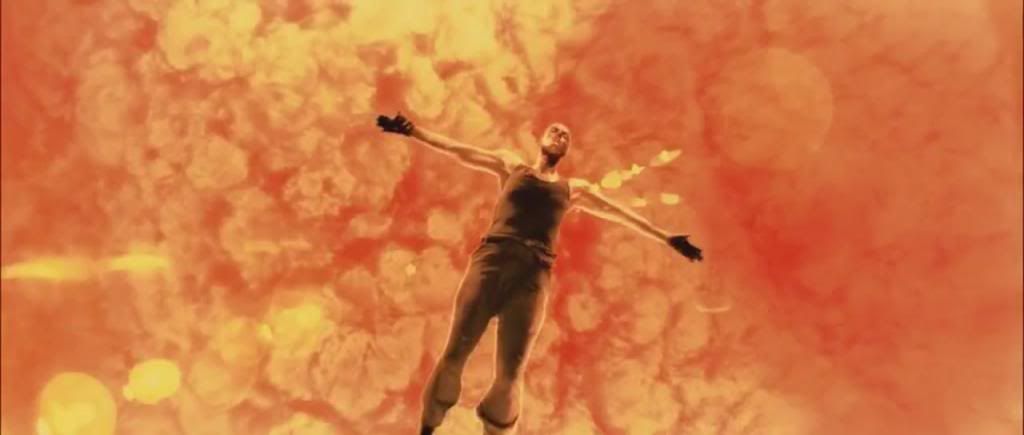
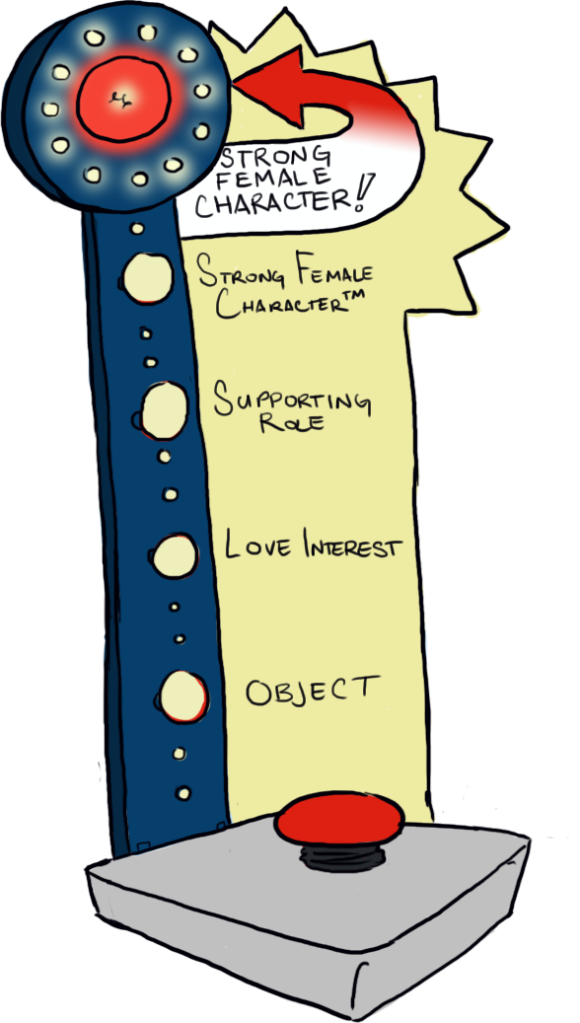
Awesome analysis! I think I agree on pretty much all accounts, especially the connection between the attempted and completed sexual assaults by the prisoners and the alien, respectively. I actually wrote an entire speech dedicated to feminism in science fiction last semester, and I focused a large portion of it on the role of motherhood in James Cameron's Aliens. The Alien series is such a valuable sci-fi examination of sex and gender.
ReplyDelete